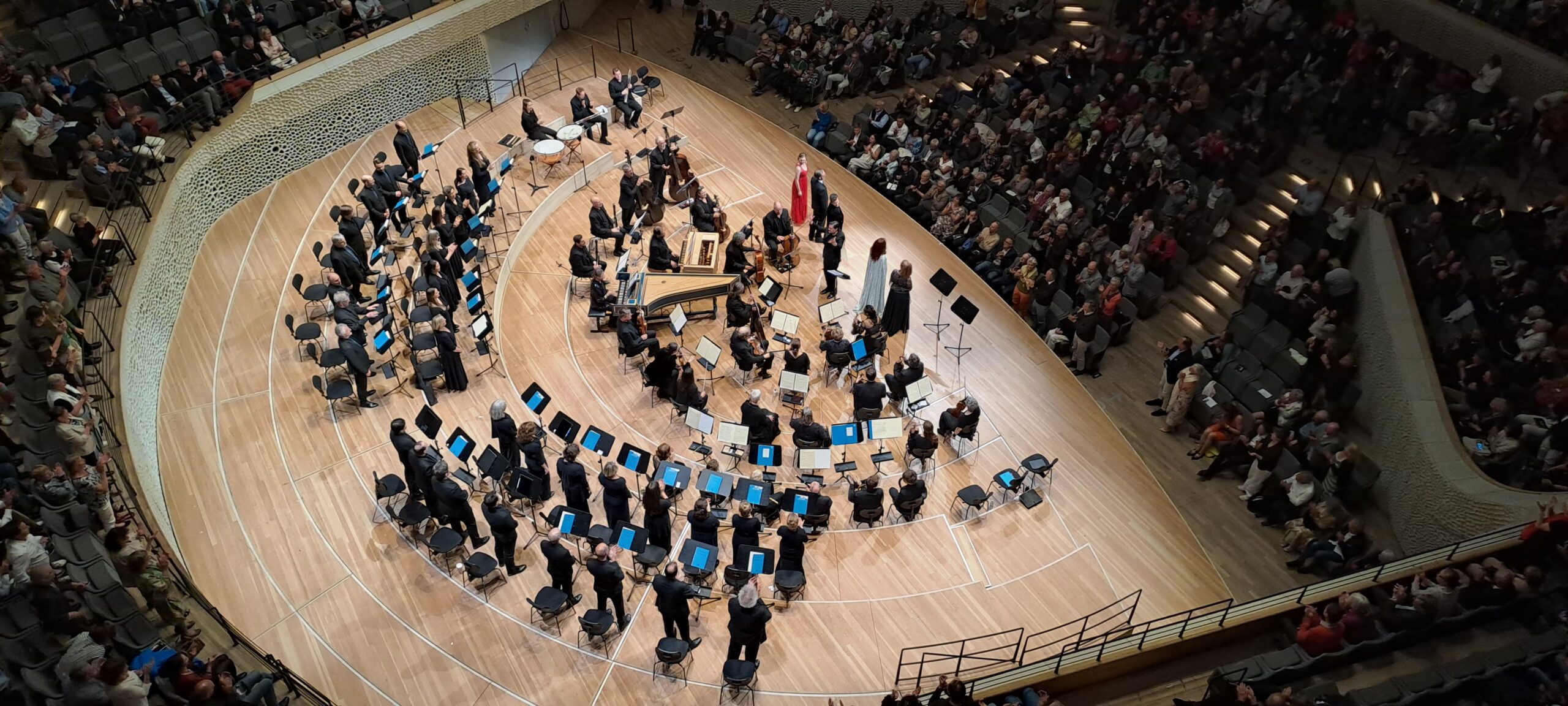What makes a musician’s style unique?
What does your outfit say before you sing or play a note?

Before the first note resonates through the hall, long before bows touch strings or the downbeat drops – your presence has already spoken. In the world of classical music, we’re trained to shape our voices, refine our interpretations, and honor tradition. But what about the visual language we carry on stage?
What does your look say before your sound is heard?
Let’s talk about style – not as vanity, but as visual voice.
We often hear, “Let the music speak for itself.” And yes – it should. But in reality, our audiences are seeing before they’re hearing. Whether you’re a violinist in the first row, a chorister in a 60-piece ensemble, or a solo flutist walking onto a spotlighted stage, you’ve already made an impression.
Clothing, color, fabric, and form all contribute to how your audience connects with you – even before you open your mouth or move your hands.
This is not about trendiness. It’s about intention.
Think about the way Baroque ensembles often perform in stylized costumes, not just for effect, but to immerse both performers and audience in the time period. Or the iconic all-black uniform of professional orchestras designed to visually blend and place the focus on the music itself.
Now contrast that with youth choirs that wear vibrant colors, personalized hoodies, or stage t-shirts – not only to build unity and team spirit, but to reflect the joyful energy they bring into the room.
And then there are soloists, whose performance outfits often merge personal flair with repertoire context. A soprano performing Strauss may choose a gown that reflects the sweeping romanticism of the piece; a pianist presenting minimalist works might go for sharp lines and neutral tones.
Every outfit choice is a conversation between you, your music, your audience, and the moment.
Examples:
- The Tenebrae Choir (UK) is known for its dark, understated look – not just uniform, but visually reverent, matching the spiritual intimacy of their sound.
- At the Singapore Youth Festival, choirs proudly wear outfits inspired by traditional attire – vibrant fabrics, modern cuts, and colors rooted in culture. Their music blends local tradition and global style and their appearance reflects it beautifully.
- The Philharmonia Orchestra (UK) once launched an initiative to relax dress codes for young audiences and players alike – inviting conversation about how visual presentation can engage new listeners.
- Some Scandinavian vocal ensembles, like Pust or Åkervinda, embrace relaxed, modern silhouettes with bold colors that reflect their folk roots – fresh, contemporary, but still deeply tied to their musical identity.
Your style as a musician comes from more than your wardrobe.
It comes from your voice, your values, and the story you’re telling.
Ask yourself:
What do I want my audience to feel when they see me?
Does this outfit reflect the music I’m about to share?
Does it support or distract from the sound I’m trying to create?
Does it help me feel more like myself on stage?
For ensembles:
Do we look like a unit?
Are we telling a story – visually – that matches our musical mission?
Are we recognizable in a sea of performers?
At pitch–stitch, we believe that visual identity is part of musical identity. Your hoodie, your tour shirt, your stage outfit – it all becomes part of the memory your audience carries home. And more importantly, it’s something you carry.
Not every group needs custom embroidery or avant-garde fashion. Sometimes, the most powerful style choice is simply cohesion – a shared palette, a subtle detail, a shirt with a story behind it.
Because when you feel like you belong in what you wear, you perform differently.
So what’s your style saying?
And is it in tune with your voice?
